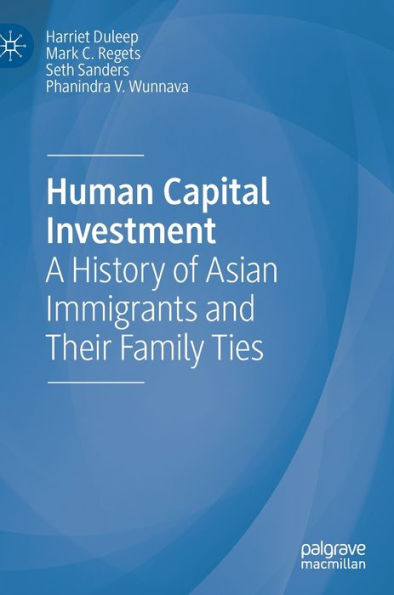5
1
9783030470821



Human Capital Investment: A History of Asian Immigrants and Their Family Ties available in Hardcover, eBook

Human Capital Investment: A History of Asian Immigrants and Their Family Ties
- ISBN-10:
- 3030470822
- ISBN-13:
- 9783030470821
- Pub. Date:
- 02/11/2021
- Publisher:
- Springer International Publishing
- ISBN-10:
- 3030470822
- ISBN-13:
- 9783030470821
- Pub. Date:
- 02/11/2021
- Publisher:
- Springer International Publishing

Human Capital Investment: A History of Asian Immigrants and Their Family Ties
$119.99
119.99
In Stock

Product Details
| ISBN-13: | 9783030470821 |
|---|---|
| Publisher: | Springer International Publishing |
| Publication date: | 02/11/2021 |
| Edition description: | 1st ed. 2020 |
| Pages: | 270 |
| Product dimensions: | 5.83(w) x 8.27(h) x (d) |
About the Author
What People are Saying About This
From the B&N Reads Blog
